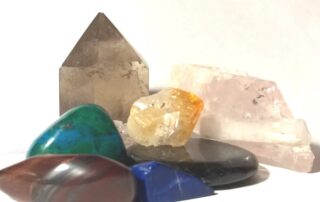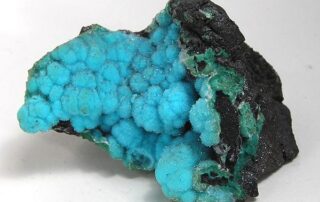Batteries and Billions
The global need for lithium-ion batteries is projected to grow by over 500% in the next decade, creating a soaring demand for new battery factories and key components of batteries, especially metals. Establishing sustainable battery-supply chains is an important goal. Fortunately, metals are infinitely reusable, and so billions of dollars are being poured into new battery recycling plants.





